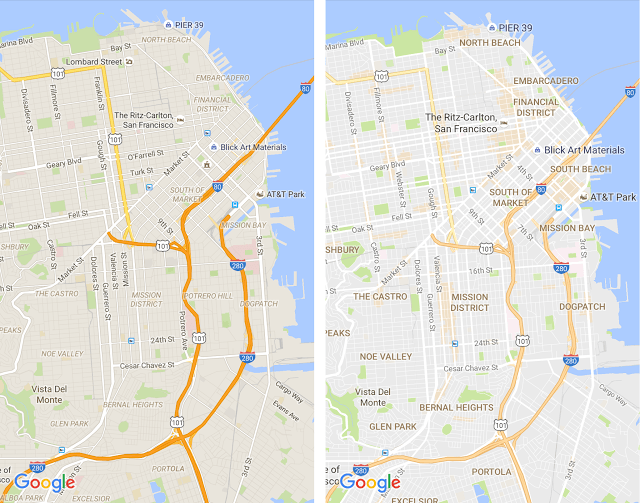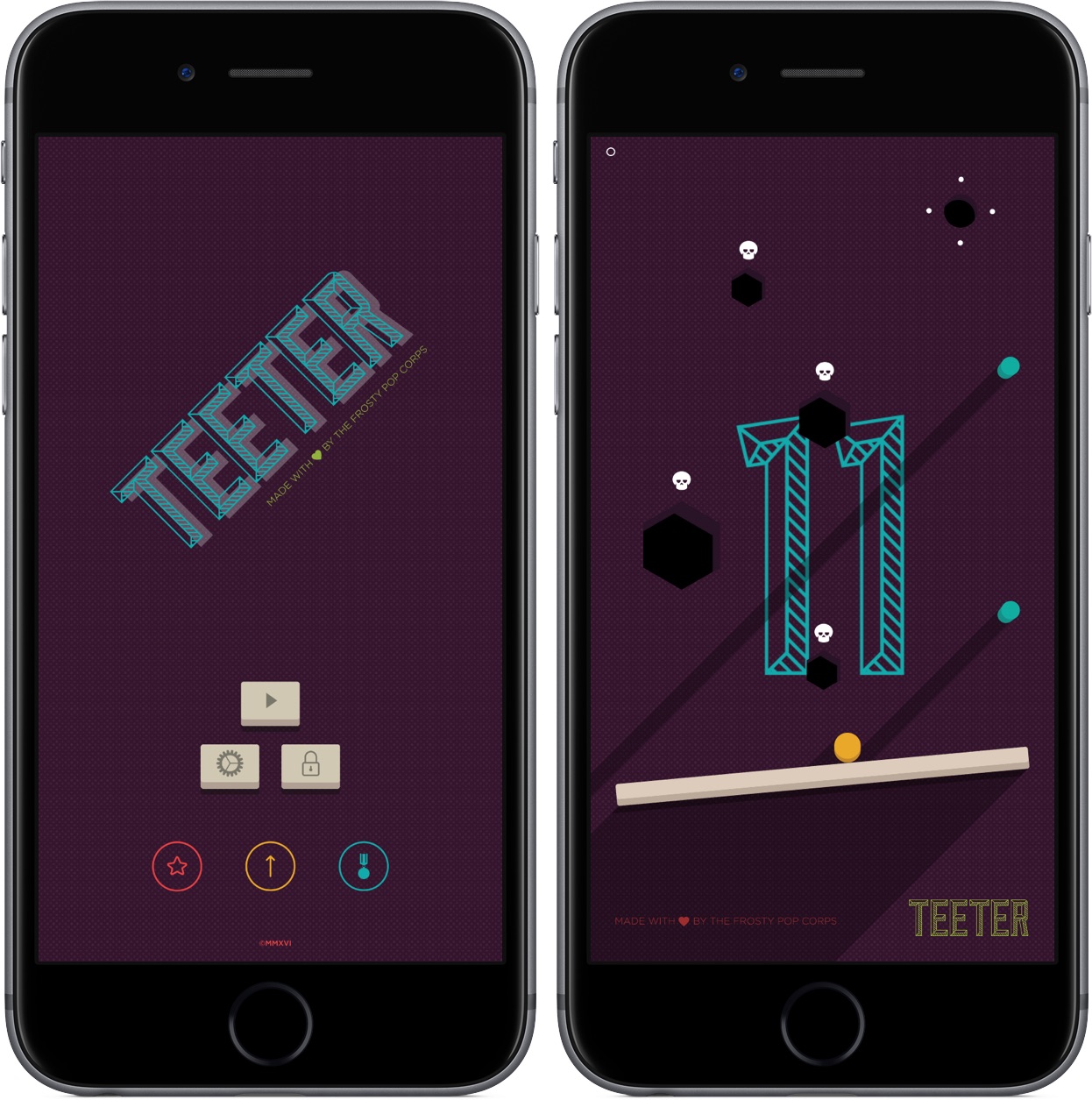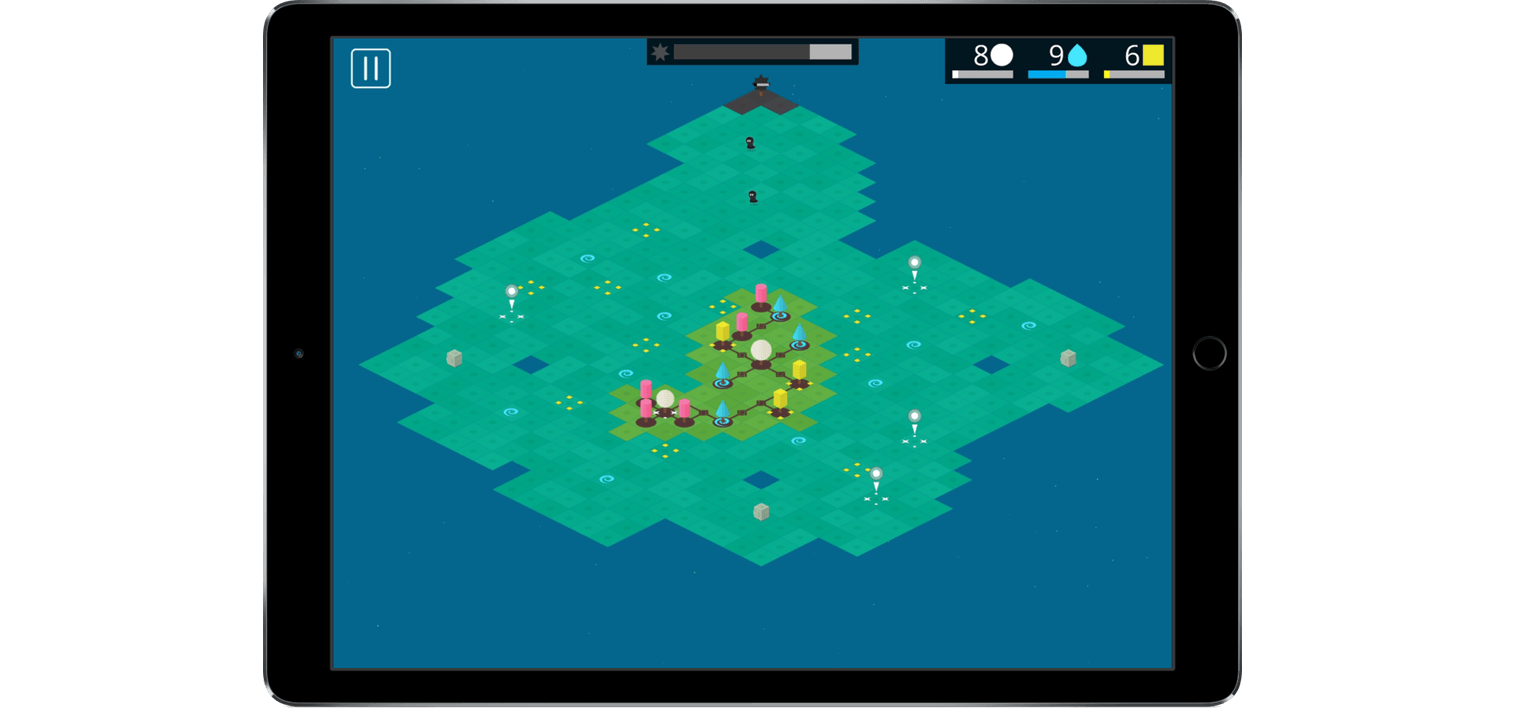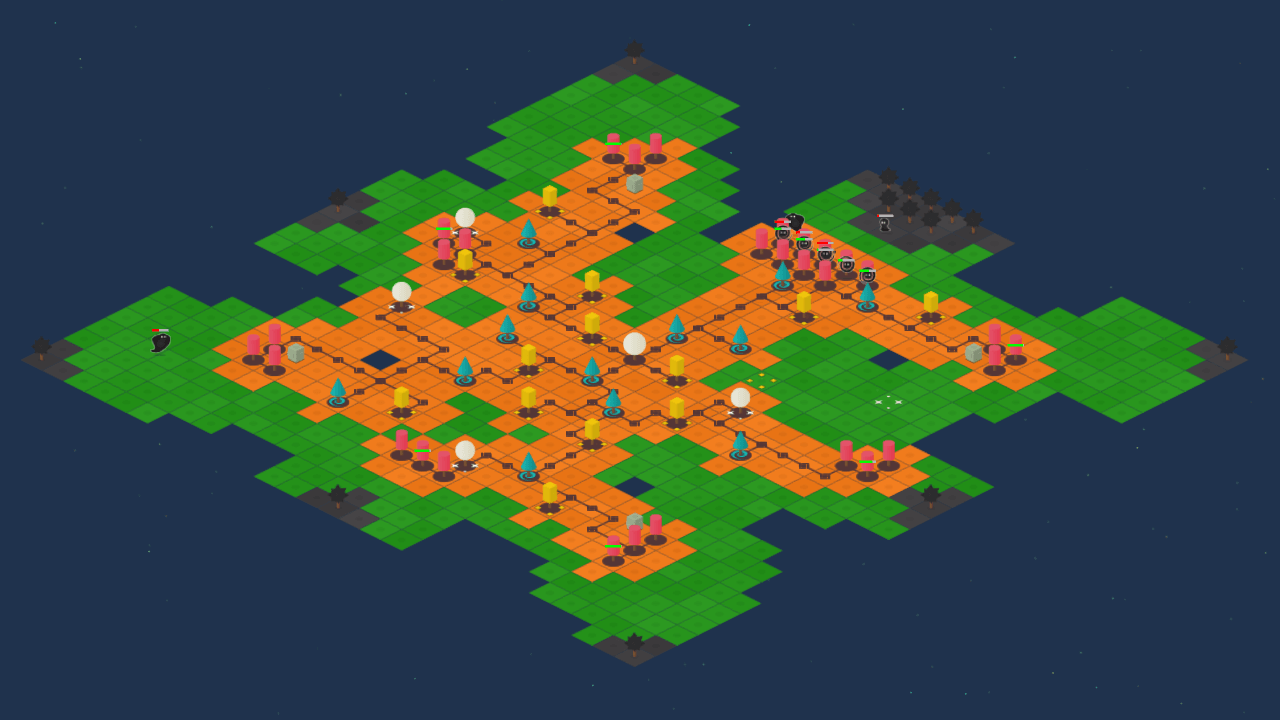Cynthia Littleton writing for Variety:
Apple has emerged as the surprise buyer of the unscripted TV series based on the “Carpool Karaoke” segment of CBS’ “The Late Late Show with James Corden.”
The tech giant’s Apple Music service will distribute the series to its members in 100 countries worldwide. Apple sees the show as a natural vehicle to drive online activity for its streaming-music venture.
This is not Apple’s first foray into original video content, and at this point it is quite clear that Apple is actively exploring the idea. For now at least, most of the focus (including today’s announcement of Carpool Karaoke) has been on video content that can be part of Apple Music, but if these early projects go well it’s likely that we’ll see Apple’s video ambitions expand in scope and scale. In the last year Apple has reportedly approved a scripted series from Dr. Dre, launched a music docu-series from Vice, partnered to produce the ‘Planet of the Apps’ reality competition series, and exclusively streamed a Taylor Swift concert from her 1989 world tour.
“We love music, and ‘Carpool Karaoke’ celebrates it in a fun and unique way that is a hit with audiences of all ages,” said Eddy Cue, Apple’s senior vice president of Internet software and services. “It’s a perfect fit for Apple Music — bringing subscribers exclusive access to their favorite artists and celebrities who come along for the ride.”
It should be noted that James Corden, who has hosted the Carpool Karaoke segments as part of ‘The Late Late Show’ will not be hosting these standalone episodes of Carpool Karaoke for Apple - though he will be an executive producer. The new host and premiere date has not yet been announced, but Variety reports that production is expected to begin soon. Apple has licensed 16 episodes of Carpool Karaoke and they will air the episodes weekly to members of Apple Music in over 100 countries.









